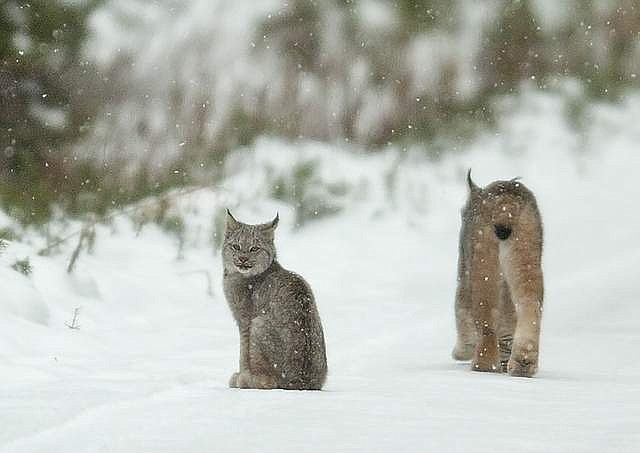Of lynx and fire
It didn’t take long for biologists to discern which animals left behind the first few sets of snowy tracks.
One was a group of wolves that appeared to trail behind one another single-file until they spoked off from one another near a river’s edge...
Become a Subscriber!
You have read all of your free articles this month. Select a plan below to start your subscription today.
Already a subscriber? Login




